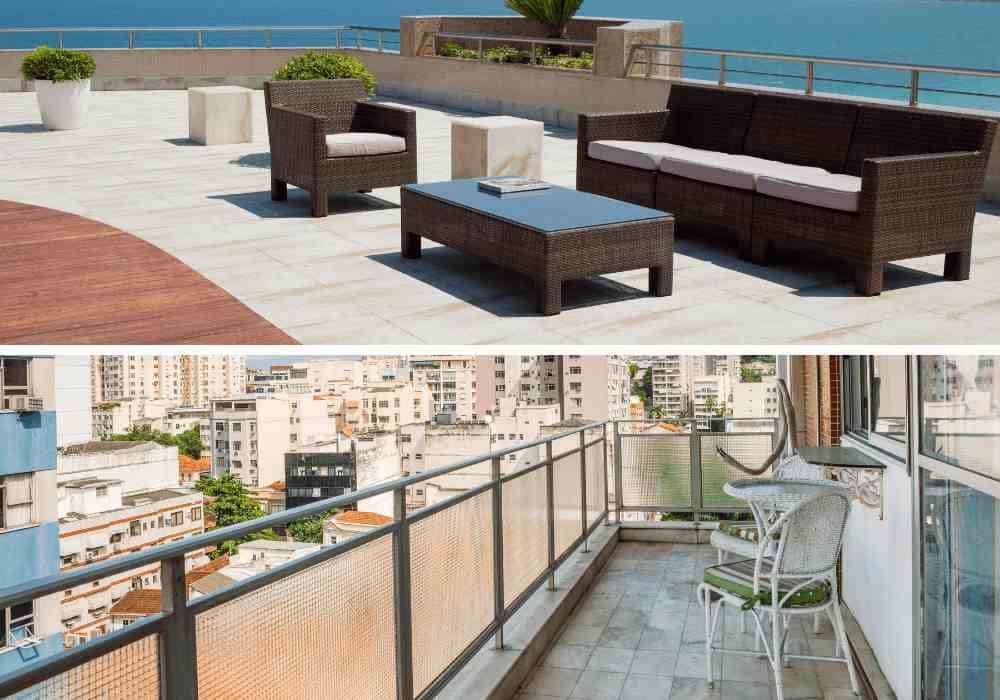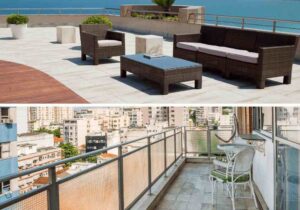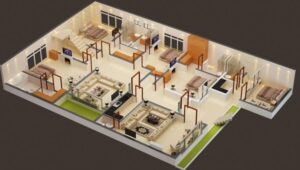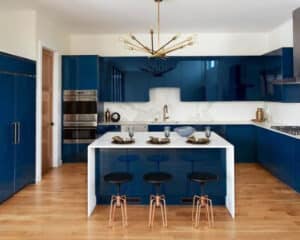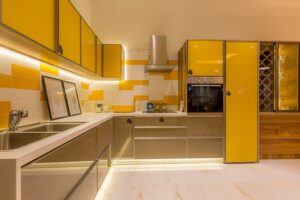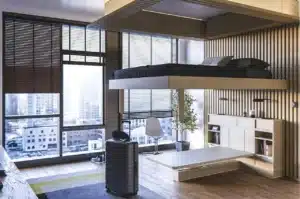Concrete Sloped Roof Design Innovative and Functional Ideas
Concrete sloped roofs offer a unique blend of innovation and functionality in architectural design. They provide durability, energy efficiency, and a distinctive aesthetic. In this article, we’ll explore innovative ideas for concrete sloped roof designs that not only serve a purpose but also add a touch of modernity to buildings.
Green Roofs:
One of the most innovative concepts in sloped roof design is the integration of green roofs. Concrete structures can support a layer of soil and vegetation on the sloped surface.
Green roofs offer numerous benefits, including improved insulation, reduced urban heat island effect, and enhanced aesthetics. They also contribute to biodiversity and can act as natural filters for rainwater, reducing runoff. Combining concrete with green roofs creates a sustainable and eco-friendly architectural solution.
Solar Panels and Photovoltaics:
The sloped surface of a concrete roof can be an ideal location for solar panels and photovoltaic systems. By integrating these technologies, buildings can harness solar energy for electricity generation and reduce their carbon footprint. This not only makes the structure more energy-efficient but also qualifies it for potential tax incentives and reduces long-term operational costs.
Skylights and Roof Windows:
Skylights and roof windows incorporated into the concrete sloped roof design can introduce natural light and ventilation, creating a more pleasant and energy-efficient interior. The strategic placement of these openings can help reduce the need for artificial lighting and mechanical ventilation, enhancing the overall sustainability of the building.
Sloped Greenhouses:
For a truly unique and functional design, consider incorporating a sloped greenhouse into the concrete roof. This concept combines agricultural and residential or commercial spaces, allowing for year-round cultivation of plants, vegetables, or even small trees. The greenhouse’s slope can be optimized for sunlight exposure, providing an ideal environment for plant growth.
Rainwater Harvesting System:
Concrete sloped roofs can be designed to collect and store rainwater. This innovative approach to water management not only conserves resources but also serves as an emergency water supply during periods of scarcity. By integrating rainwater harvesting systems, architects can reduce a building’s reliance on municipal water sources and promote sustainability.
Roof Gardens and Terraces:
Another innovative concept is the integration of roof gardens and terraces on sloped concrete roofs. These spaces can be used for recreational purposes, outdoor gatherings, or even as urban oases. They not only add value to the property but also contribute to the well-being of occupants by providing green spaces in densely populated urban areas.
Cantilevered Design:
A cantilevered concrete sloped roof design is a visually striking and innovative choice. It involves extending the roof beyond the building’s exterior walls, creating a sense of open space and providing shade or shelter. This approach not only adds a unique architectural element but also maximizes outdoor living areas.
Artistic Patterns and Textures:
Incorporating artistic patterns and textures on the concrete sloped roof can transform it from a plain surface into a work of art. The use of decorative finishes, such as exposed aggregate, stenciled designs, or even 3D relief patterns, can add a touch of elegance and uniqueness to the building’s exterior.
Sustainable Roofing Materials:
Consider using sustainable and eco-friendly roofing materials, such as recycled concrete or low-carbon concrete, to reduce the environmental impact of the structure. These materials offer the same durability and functionality as traditional concrete while promoting sustainability and responsible resource use.
Smart Roofing Systems:
Integrating smart technologies into the concrete sloped roof design can enhance its functionality and energy efficiency. These systems can include automated shading solutions, rain-sensing mechanisms for skylights, or even remote-controlled climate control. Such innovations improve the comfort and convenience of the building’s occupants while reducing energy consumption.
Concrete sloped roofs have come a long way from being purely functional structures to becoming innovative architectural elements that offer sustainability, energy efficiency, and aesthetic appeal. By exploring these creative ideas, architects and designers can create concrete sloped roof designs that not only serve their intended purposes but also contribute to a more sustainable and visually appealing built environment.

